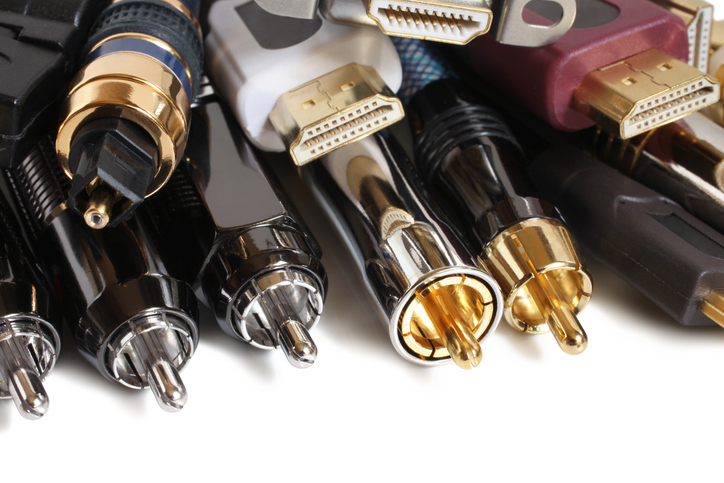 There are a few different types of connectors for Camera Link cables in machine vision applications. The type you choose for your machine vision system will impact the resulting performance and success of your application, so understanding your options is important.
There are a few different types of connectors for Camera Link cables in machine vision applications. The type you choose for your machine vision system will impact the resulting performance and success of your application, so understanding your options is important.
The connectors at the end of Camera Link cables play a vital role in transmission. The type you choose will be based on your individual needs for bandwidth, size, system architecture and overall performance.
Two Main Types of Camera Link Connectors
After determining your need for a Camera Link cable, the next step is examining the pros and cons of MDR and SDR connectors and comparing these to your application needs.
There are two main types of connectors that are used in Camera Link cables for machine vision applications: mini delta ribbon (MDR) connectors and shrunk delta ribbon (SDR) connectors. Each is widely available but used in different types of applications.
MDR connectors are more general-purpose connectors and are a viable solution in a wide range of machine vision systems. On the other hand, SDR connectors are a smaller version of MDR connectors that come with a few key performance advantages, but may not be the right solution in as many applications as MDR connectors.
The Differences Between MDR and SDR Camera Link Connectors
MDR connectors enjoy widespread acceptance for a variety of reasons. Chief among them are the fact that they often leverage pre-loaded ribbon contacts for connections that have proven reliable over time. They also typically allow for great flexibility in pin counts and form factors, meaning they can be tailored to best meet a range of applications.
SDR connectors are typically used in applications where small system architecture is needed while transmission performance levels near those of much larger connectors are needed. Typically, the small form factor of SDR connectors can deliver high transmission speeds without sacrificing performance.
While there are other differences between these two types of connectors, especially when comparing them at the product level, the main differences are in size, flexibility in design and overall performance.
Understanding your Camera Link connector options is an important part of developing a high-performance machine vision system. To learn more about connectors, browse Camera Link cables from Phase 1 Technology.

